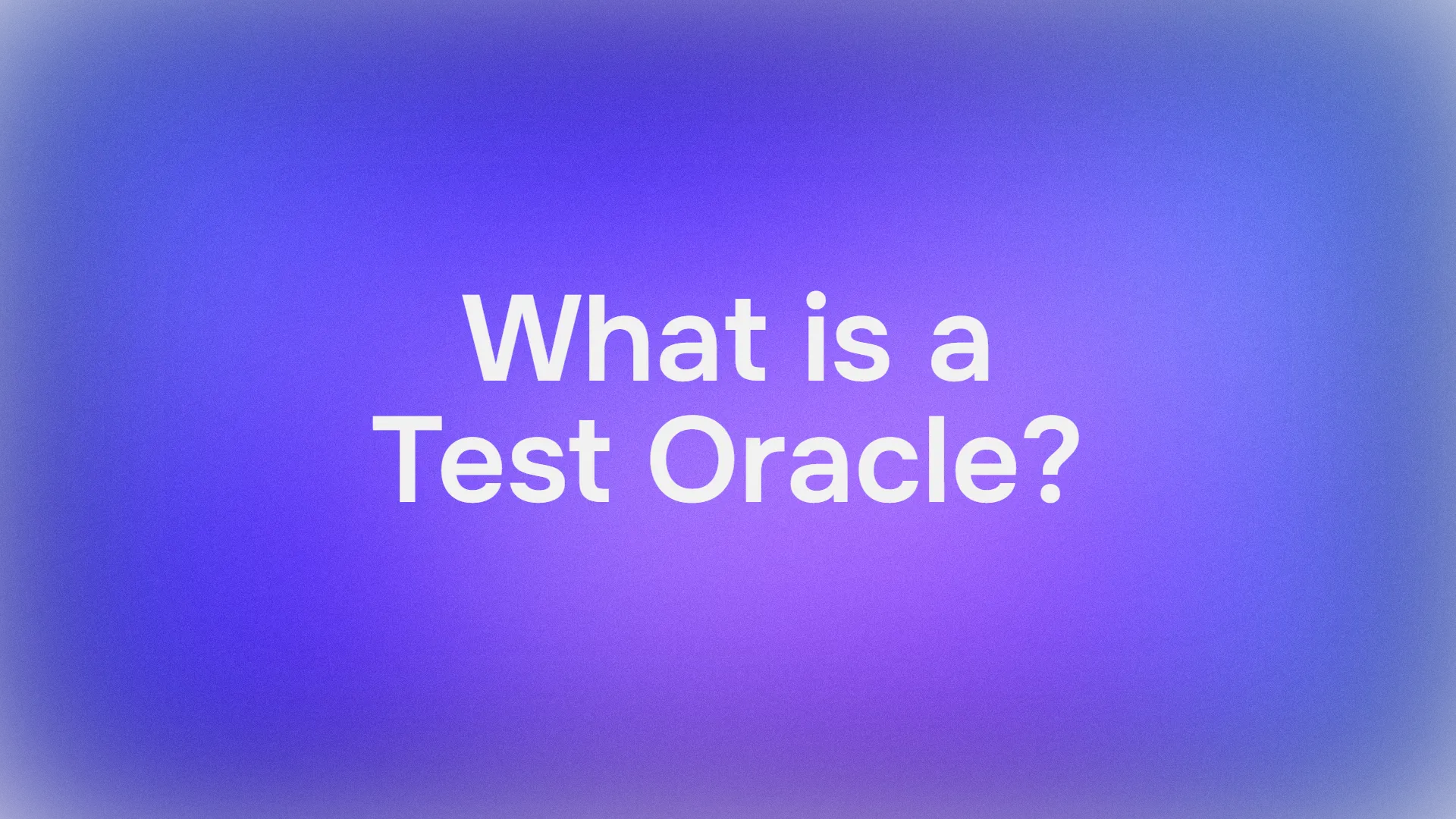OpenAI's latest release, o3 mini, represents a significant advancement in cost-effective AI reasoning, particularly excelling in STEM-related tasks. As a successor to the o1 mini model, it brings unprecedented improvements in performance while maintaining competitive pricing. This breakthrough in AI technology demonstrates OpenAI's commitment to making powerful AI tools more accessible to developers and businesses. The model's specialized focus on STEM capabilities, combined with its enhanced reasoning abilities and reduced latency, makes it an attractive option for organizations requiring high-performance AI solutions without the associated costs of larger models.

O3-mini API Pricing

The pricing structure makes o3 mini particularly attractive for organizations looking to optimize their AI expenditure while maintaining high-quality outputs. The model's efficient token utilization and expanded context window of 16K tokens provide additional value, allowing for more complex interactions within a single API call. This combination of competitive pricing and enhanced capabilities makes o3 mini a cost-effective solution for a wide range of applications.
O3 mini Benchmarks and Performance: A Quick Review
o3 mini demonstrates impressive performance across various technical domains, particularly in mathematics, coding, and scientific reasoning. The model's capabilities have been extensively tested across multiple benchmarks, showing significant improvements over its predecessors. In competition mathematics, particularly in the AIME 2024 evaluations, o3 mini has shown remarkable prowess, achieving accuracy rates that surpass both o1 mini and other competing models. The high reasoning effort configuration of o3 mini has proven especially effective in handling complex mathematical problems, demonstrating the model's potential for advanced STEM applications.
Benchmark Comparison Table
| Benchmark Type | o3 mini (high) | o3 mini (medium) | o1 | DeepSeek R1 | Claude 3.5 Sonnet |
|---|---|---|---|---|---|
| AIME 2024 | 83.6% | 76.2% | 75.8% | - | - |
| GPQA Diamond | 77.0% | 71.5% | 70.2% | - | - |
| Codeforces (Elo) | 2073 | 1950 | 1945 | - | - |
| SWE-bench Verified | 48.9% | 42.3% | 41.1% | - | - |
The benchmark results demonstrate o3 mini's exceptional capabilities across different domains. In the GPQA Diamond evaluation, which tests PhD-level scientific understanding, the model achieved a remarkable 77.0% accuracy with high reasoning effort, showcasing its ability to handle complex scientific concepts and problems.


This performance level makes it particularly valuable for academic and research applications where deep scientific understanding is crucial. The model's performance in competitive programming, as evidenced by its Codeforces Elo rating of 2073 (high reasoning effort), indicates its strong capabilities in software development and algorithmic problem-solving.
Key Performance Highlights
The model's performance improvements extend beyond raw accuracy metrics. One of the most notable achievements is the 24% reduction in response time compared to o1-mini, with average responses taking 7.7 seconds versus the previous 10.16 seconds. This speed improvement doesn't come at the cost of accuracy; in fact, o3 mini shows a 39% reduction in major errors when handling complex questions. Expert testing has further validated these improvements, with o3 mini being preferred over o1-mini in 56% of cases. These results demonstrate the model's balanced optimization between speed and accuracy, making it particularly suitable for real-world applications where both factors are crucial.


API Pricing Comparison
The pricing structure of o3 mini reflects OpenAI's commitment to making advanced AI capabilities more accessible. The model offers competitive pricing while delivering superior performance in its target domains.
How to Use o3 mini API
Implementing o3 mini in your applications requires careful consideration of its features and capabilities. The model offers flexible integration options and supports various development features that enhance its utility in production environments.
Setting Up
Before beginning implementation, developers need to ensure they have the necessary access credentials and appropriate API usage tier (tiers 3-5). The setup process involves obtaining an API key from OpenAI and configuring the development environment with the required dependencies.
Basic API Call Example
import openai
client = openai.OpenAI(api_key='your-api-key')
response = client.chat.completions.create(
model="o3-mini",
messages=[
{"role": "system", "content": "You are a helpful assistant specializing in STEM topics."},
{"role": "user", "content": "Solve this calculus problem: Find the derivative of f(x) = x2sin(x)"}
],
reasoning_effort="medium" # Options: "low", "medium", "high"
)
print(response.choices[0].message.content)
Advanced Features and Integration
The model supports several advanced features that enhance its utility in production environments. Function calling capabilities allow for seamless integration with external tools and services, while structured outputs enable standardized response formatting. The streaming support feature is particularly valuable for applications requiring real-time interaction, allowing for progressive response generation and improved user experience.
Best Practices for Implementation
When implementing o3 mini, developers should consider several best practices to optimize performance and cost-effectiveness. The choice of reasoning effort level should be carefully matched to the task requirements: low effort for simple tasks, medium for general use cases, and high for complex STEM problems. Proper error handling and response validation should be implemented to ensure robust application behavior:
try:
response = client.chat.completions.create(
model="o3-mini",
messages=[{"role": "user", "content": "Your prompt here"}],
reasoning_effort="medium"
)
except openai.APIError as e:
print(f"API Error: {e}")
# Implement appropriate error handling
Application Domains and Use Cases
o3 mini's specialized capabilities make it particularly well-suited for various technical applications. In mathematics and science, the model excels at handling complex calculations, scientific problem-solving, and research-level mathematics. Its strong performance in programming tasks makes it valuable for code generation, debugging assistance, and competitive programming scenarios. The model's technical documentation capabilities extend to API documentation, technical writing, and STEM education materials.
Limitations and Considerations
While o3 mini offers impressive capabilities, it's important to understand its limitations. The model doesn't support vision capabilities, making it unsuitable for tasks involving image processing or analysis. Access is currently limited to select developers within specific API usage tiers, with enterprise access planned for future release. While the model excels in STEM tasks, it may not match larger models in general knowledge applications.
Future Implications and Development
The release of o3 mini represents a significant step forward in the development of specialized AI models. Its success in combining improved performance with cost-effectiveness suggests a promising direction for future AI development, particularly in domain-specific applications. As the model continues to evolve and access expands, it's likely to play an increasingly important role in technical and educational applications, potentially reshaping how organizations approach AI implementation in STEM-focused scenarios.




